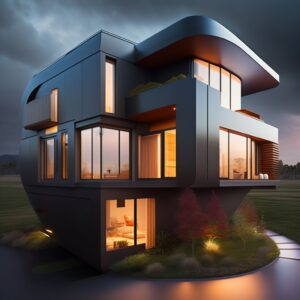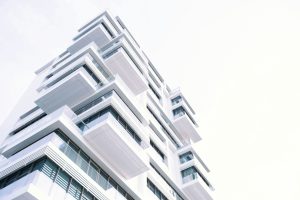In “What Are Some Famous Sustainable Buildings?” we delve into the innovative world of architecture that puts our planet first. We’ll explore iconic structures that not only captivate with their design but also set benchmarks in sustainability. Buildings like the Crystal in London, One Central Park in Sydney, and the Bosco Verticale in Milan show us how creativity and eco-consciousness can harmoniously coexist. These marvels inspire us to envision a future where urban growth is synonymous with environmental stewardship. Have you ever wondered what some of the most famous sustainable buildings are and what makes them stand out? We live in an era where environmental responsibility isn’t just a trend but a necessity. Buildings around the world have embraced sustainability, integrating eco-friendly materials and energy-efficient technologies to minimize environmental repercussions. Today, let’s explore some of these remarkable structures and learn about the innovative strategies they employ to tread lightly on our planet.
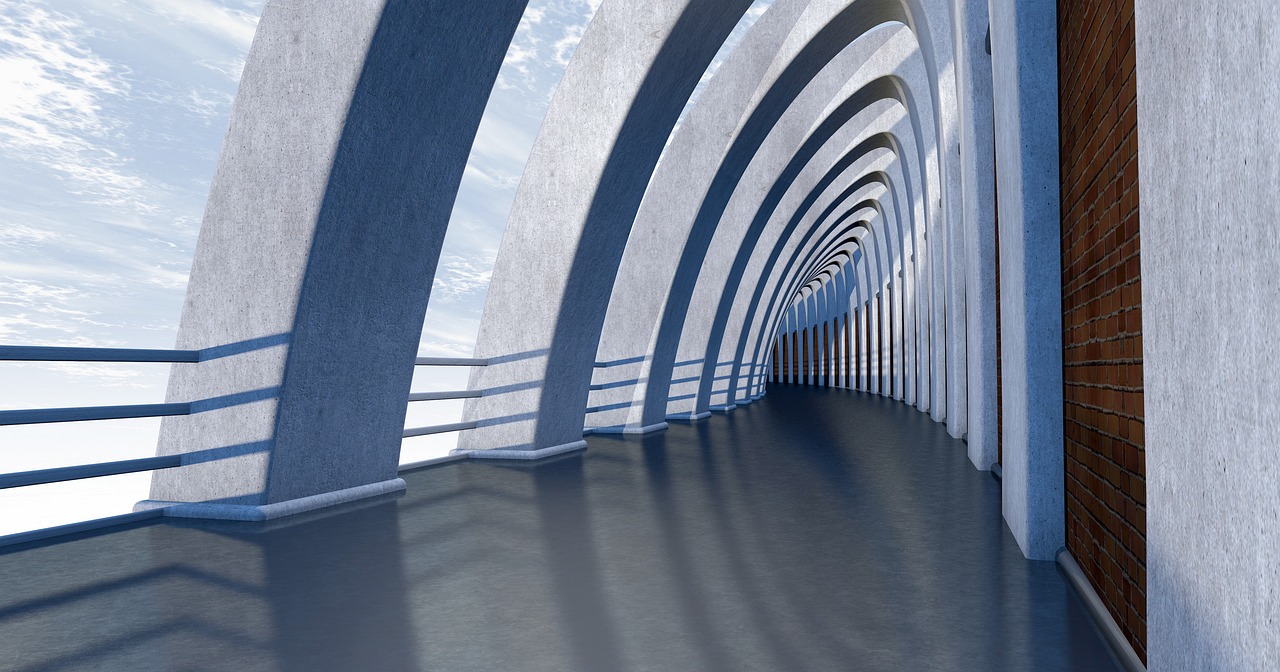
The Edge, Amsterdam
Building Overview
Located in the Zuidas business district of Amsterdam, The Edge is a leading example of sustainable architecture. Designed by PLP Architecture and developed by OVG Real Estate, this 15-story building isn’t just green in its aesthetics but also in its functionality.
Sustainable Features
The Edge boasts numerous sustainability features. The building has a high-performance glass façade that allows natural light to flood the interior while minimizing heat gain. A central atrium provides ventilation and natural illumination, reducing the need for artificial lighting and air conditioning. Moreover, solar panels installed on the roof and the building’s southern façade generate a significant portion of its electricity.
Another smart feature of The Edge is its use of an intelligent lighting system. It employs 30,000 sensors that adjust the lighting based on occupancy and daylight availability, which significantly reduces energy consumption. The intelligent design doesn’t stop there. Rainwater is collected and used for flushing toilets and irrigating green areas.
Bosco Verticale, Milan
Building Overview
Bosco Verticale, or Vertical Forest, is a pair of residential towers in Milan designed by Stefano Boeri Architetti. Completed in 2014, these towers are a testament to how sustainable architecture can merge aesthetic beauty with environmental benefits.
Sustainable Features
Bosco Verticale is famous for its extensive use of vegetation. The towers host around 900 trees, 5,000 shrubs, and 11,000 perennials and groundcover plants. This urban forest helps in reducing smog and producing oxygen. The vegetative cover acts as a natural insulator, reducing the need for heating in the winter and cooling in the summer.
Beyond its greenery, the building uses photovoltaic energy systems to generate electricity. It also incorporates a greywater recycling system for watering plants. The use of native plant species requires less water and maintenance, making Bosco Verticale a model for sustainable urban living.
One Central Park, Sydney
Building Overview
One Central Park, located in Sydney, Australia, is a mixed-use residential and commercial building designed by French architect Jean Nouvel. Completed in 2014, this structure demonstrates how modern architecture can incorporate nature without compromising on luxury or convenience.
Sustainable Features
One Central Park features vertical gardens that span across its façade, integrating 250 species of Australian flowers and plants. These vertical gardens provide natural insulation, reduce urban heat island effects, and enhance the building’s aesthetic appeal.
The building also includes a heliostat—a computer-controlled system of mirrors—that directs sunlight to shaded areas and even some of the building’s foyers and interiors. Its connection to a nearby tri-generation plant supplies low-carbon thermal energy for both cooling and heating, reducing its reliance on the traditional energy grid. Recycled water is used for irrigation and toilet flushing, highlighting a comprehensive approach to sustainability.
The Unisphere, Maryland
Building Overview
The Unisphere in Maryland, United States, is one of the largest net-zero energy buildings in the world. Designed and operated by United Therapeutics, this building is a striking example of how commercial spaces can achieve sustainability without sacrificing functionality.
Sustainable Features
The Unisphere is designed to produce as much energy as it consumes over a year, thanks to its extensive array of rooftop solar panels. It employs geothermal wells for heating and cooling, significantly reducing its carbon footprint.
The building also incorporates natural lighting and ventilation, smart energy management systems, and a rainwater harvesting system. Its waste management system is equally impressive, with low-flow fixtures and composting services aiming at near-zero waste to landfills.
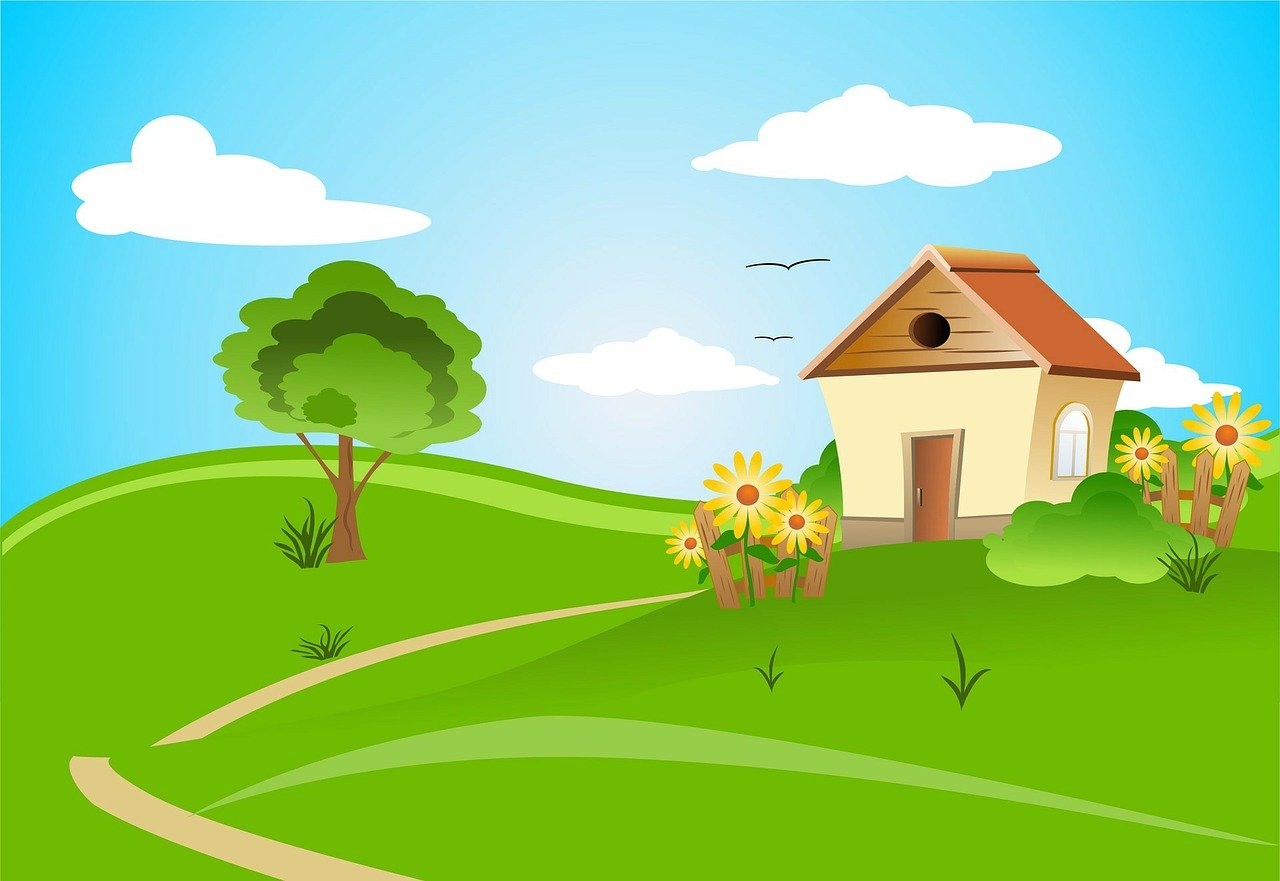
The Crystal, London
Building Overview
The Crystal, located in London’s Docklands, is a unique structure dedicated exclusively to showcasing sustainable building technologies. Developed by Siemens, this all-glass building, completed in 2012, is a global hub for dialogue on sustainable urban living.
Sustainable Features
The Crystal stands out for its use of renewable energy and high-level insulation. The building employs solar panels and ground-source heat pumps to achieve its heating and cooling needs. Energy-efficient LED lighting, combined with advanced building control systems, optimizes energy consumption.
Water conservation is another highlight of The Crystal. Rainwater harvesting and black water treatment systems significantly reduce water usage. Moreover, the building has earned the BREEAM Outstanding and LEED Platinum certifications, further attesting to its sustainability credentials.
Masdar Institute, Abu Dhabi
Building Overview
Situated in the desert environment of Abu Dhabi, the Masdar Institute demonstrates how sustainability can be achieved even in the harshest climates. Designed by Foster + Partners, the institute is part of the larger Masdar City project, aiming to be a zero-carbon community.
Sustainable Features
Masdar Institute employs a host of innovative technologies to achieve its sustainability goals. The building’s design maximizes shade while promoting natural ventilation. This is achieved through wind towers that draw cool air into public spaces, reducing the need for air conditioning.
Solar panels and photovoltaic systems provide renewable energy, while water conservation measures, such as low-flow appliances and a water recycling system, ensure efficient water use. The buildings are made from low-carbon concrete and other sustainable materials, minimizing the environmental impact even further.
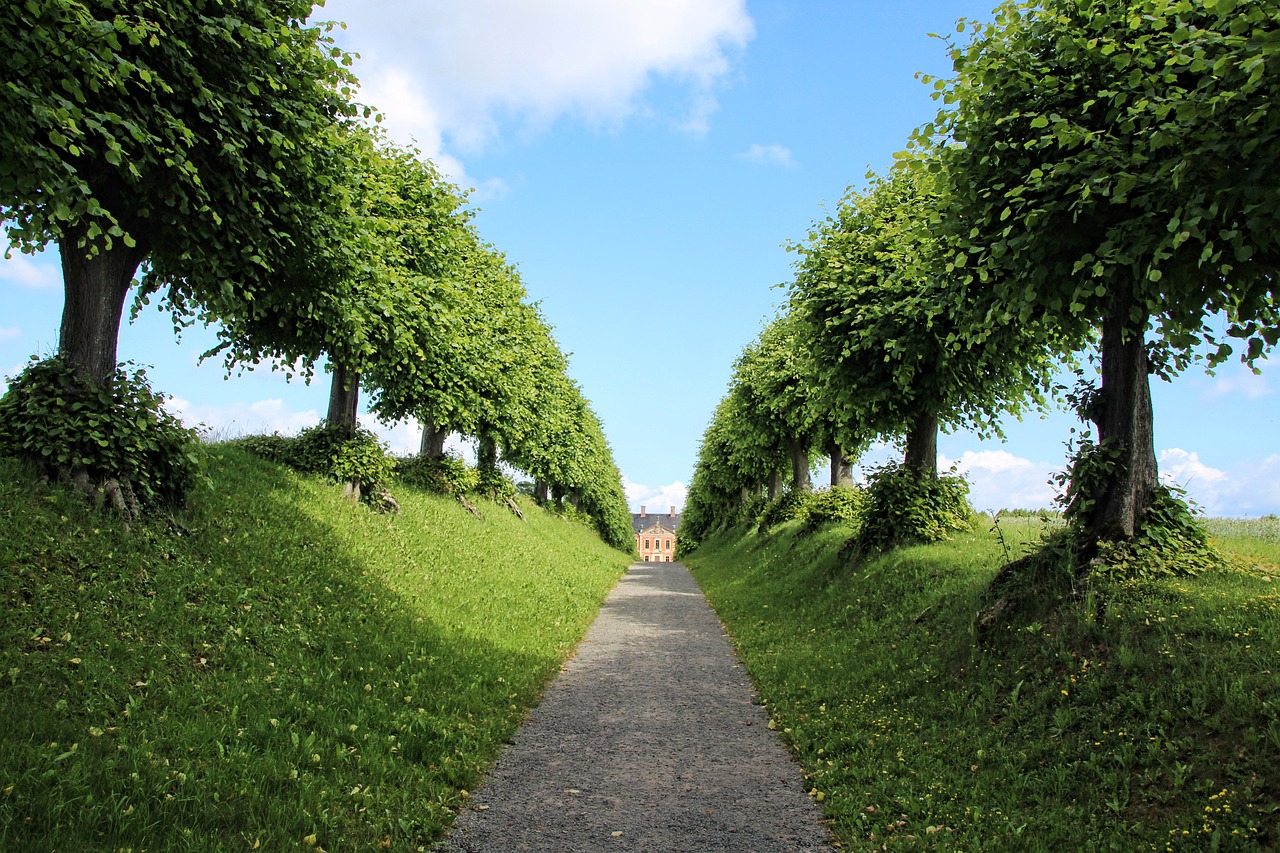
Bullitt Center, Seattle
Building Overview
Dubbed the “greenest commercial building in the world,” the Bullitt Center in Seattle is a milestone in sustainable design. Designed by the Bullitt Foundation, the building was completed in 2013 and is certified as a Living Building, which is among the most rigorous benchmarks of sustainability.
Sustainable Features
The Bullitt Center features a rooftop solar array that generates as much electricity as the building uses. Its rainwater collection system can store up to 56,000 gallons of water, which undergoes filtration to become potable. Additionally, composting toilets reduce water use and provide organic matter that can be used as fertilizer.
The building uses geothermal wells and rooftop water heaters to maintain a sustainable heating system. Triple-glazed windows and a tight building envelope enhance energy efficiency, while the use of non-toxic, locally sourced materials further underscores the building’s sustainability.
CopenHill, Copenhagen
Building Overview
CopenHill, also known as Amager Bakke, is a waste-to-energy plant in Copenhagen, Denmark, that doubles as a recreational facility. This innovative approach was designed by Bjarke Ingels Group and completed in 2017.
Sustainable Features
CopenHill’s most noteworthy feature is its capacity to convert waste into energy, providing electricity and heating for thousands of homes in Copenhagen. The plant employs advanced filtration systems to minimize emissions, ensuring a high level of environmental responsibility.
On its exterior, CopenHill features a ski slope, hiking trail, and climbing wall, integrating recreational activities into its sustainable mission. Green roofs and plantings around the building not only provide insulation but also enhance urban biodiversity.

Torre Reforma, Mexico City
Building Overview
Torre Reforma in Mexico City is one of the tallest and most sustainable skyscrapers in Latin America. Designed by LBR&A Arquitectos, it was completed in 2016 and has become a beacon of sustainable urban development.
Sustainable Features
This building integrates several energy-efficient systems, including a double-glazing façade that reduces heat gain and loss, lowering the building’s energy demands. It uses rainwater harvesting systems and gray water recycling for irrigation and other non-potable uses.
Inside, Torre Reforma employs advanced lighting and ventilation systems that adjust based on occupancy, cutting down energy use. The building’s structure also uses less concrete and steel, reducing its carbon footprint from the construction phase itself.
Conclusion
Exploring these famous sustainable buildings inspires us to think about the future of architecture and the ways we can contribute to a more sustainable world. Each of these buildings embodies a unique approach to sustainability, demonstrating that eco-friendly design can coexist with modern convenience and aesthetic appeal.
From maximizing natural light and using renewable energy sources to incorporating vegetation and recycling water, these structures show us that sustainability isn’t one-size-fits-all. Instead, it’s a spectrum of possibilities tailored to a building’s environment, purpose, and users.
By looking at these pioneering examples, we can see that sustainable architecture is not only feasible but also essential for our planet’s future. Whether it’s a commercial office, residential building, or an industrial facility, the principles of sustainable design are universal—and incredibly effective. Let’s continue to support and advocate for such innovations, contributing to a world that’s not just built to last, but built to thrive.

